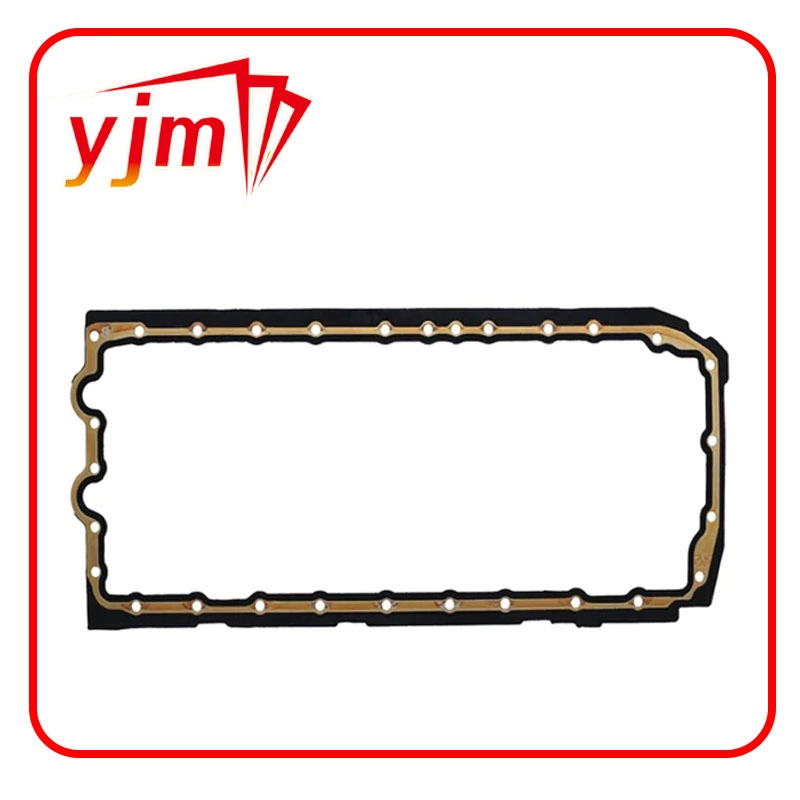Effective Maintenance Tips for Gearbox Drive Shaft Oil Seal to Prevent Leaks and Ensure Longevity
Understanding Gearbox Drive Shaft Oil Seals
In the world of automotive engineering, the significance of oil seals, particularly gearbox drive shaft oil seals, cannot be overstated. These components play a crucial role in maintaining the efficiency and longevity of vehicle transmissions, preventing fluid leakage, and ensuring smooth operation.
What is a Gearbox Drive Shaft Oil Seal?
A gearbox drive shaft oil seal is a crucial component located at the junction where the drive shaft enters or exits the gearbox. Its primary function is to contain the lubricant within the gearbox, preventing it from leaking into the exterior environment. This seal is designed to withstand high pressure, temperature variations, and exposure to various automotive fluids, making it essential for the durability and performance of the gearbox.
The Importance of Gearbox Seals
1. Fluid Retention The primary function of an oil seal is to retain lubricant within the gearbox. Gearbox oils are specifically formulated to lubricate components, reduce friction, and minimize wear. Without a functional seal, the oil would leak out, leading to inadequate lubrication, increased friction, and potential mechanical failures.
2. Contamination Prevention Gearboxes are exposed to various contaminants such as dirt, dust, and moisture. An effective oil seal acts as a barrier, preventing these harmful elements from entering the gearbox. Contaminants can drastically reduce the lifespan of transmission fluid and damage internal components, making the role of the oil seal even more critical.
3. Heat Resistance Gearboxes operate under high temperatures due to the friction generated while driving. A quality oil seal is engineered from materials that can withstand extreme temperatures, ensuring that it retains its shape and integrity over time. This resistance to heat helps prevent breakdowns and failures associated with excessive thermal stress.
Signs of Oil Seal Failure
gearbox drive shaft oil seal

Like any mechanical component, gearbox drive shaft oil seals can degrade over time. Certain signs indicate that an oil seal may be failing
- Oil Leaks One of the most apparent signs of a failing oil seal is the presence of oil leaks around the gearbox area. If you notice oil pooling under your vehicle or around the gearbox, it may be time to inspect the oil seal.
- Contaminated Oil If the oil appears dirty or filled with debris, it may indicate that foreign particles are entering the gearbox due to a failed seal.
- Strange Noises Unusual noises from the gearbox, such as grinding or whining, can signal a lack of proper lubrication or internal damage, potentially caused by a faulty oil seal.
Maintenance and Replacement
Regular maintenance is key to extending the lifespan of gearbox oil seals. Routine inspections can help identify wear and tear before it leads to more significant issues. If a seal is found to be worn or damaged, replacing it promptly is essential to prevent further damage to the gearbox.
In terms of replacement, the process can vary depending on the vehicle make and model. It typically involves draining the gearbox fluid, removing the damaged seal, cleaning the sealing surface, and installing a new seal. Care must be taken to ensure proper alignment and integrity to prevent future leaks.
Conclusion
Gearbox drive shaft oil seals may be small components, but their role is pivotal in the overall functionality of a vehicle's transmission system. Understanding their importance, recognizing signs of failure, and adhering to a maintenance routine can help ensure the longevity and performance of your vehicle. With the right care, your gearbox can operate smoothly for years to come, providing you with the reliability and efficiency expected from modern automotive engineering.
-
Understanding the Front Main Engine Seal: Purpose, Maintenance, and Installation
News Jul.29,2025
-
Understanding O-Rings and Seal Rings: Types, Applications, and Custom Solutions
News Jul.29,2025
-
Understanding Crankshaft Oil Seals: Rear Seals, Pulley Seals, and Their Role in Engine Integrity
News Jul.29,2025
-
The Importance of Front and Rear Crankshaft Seals in Engine Performance and Oil Management
News Jul.29,2025
-
Crank Oil Seals: Functions, Types, and Cost Considerations in Engine Maintenance
News Jul.29,2025
-
A Comprehensive Guide to O-Rings and Seals: Types, Materials, and Global Applications
News Jul.29,2025
-
Mastering Diesel and Performance Engine Maintenance: A Guide to Critical Oil Gaskets
News Jul.28,2025
Products categories















